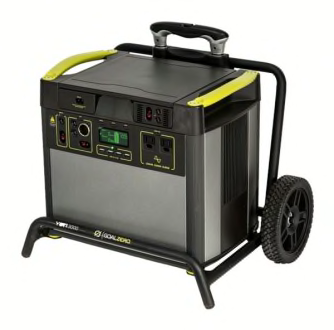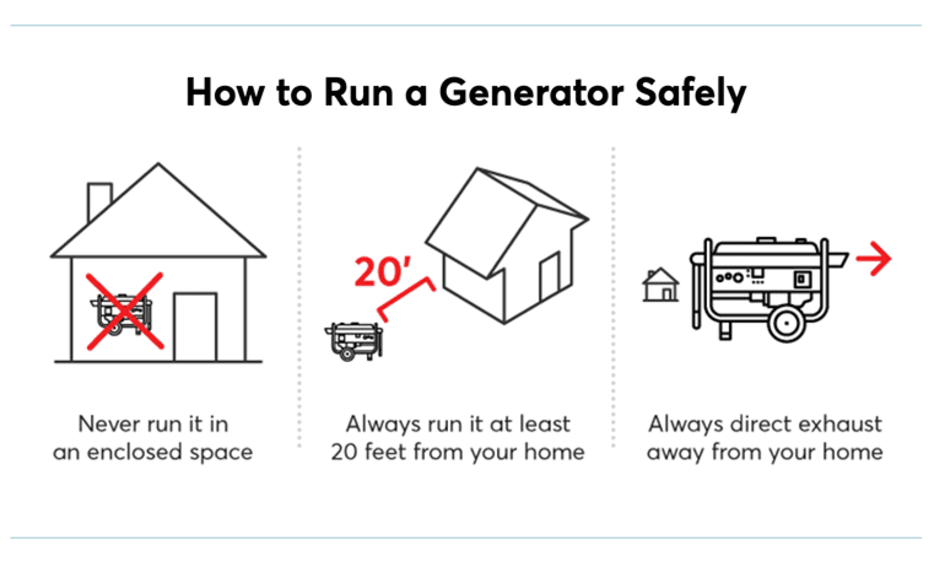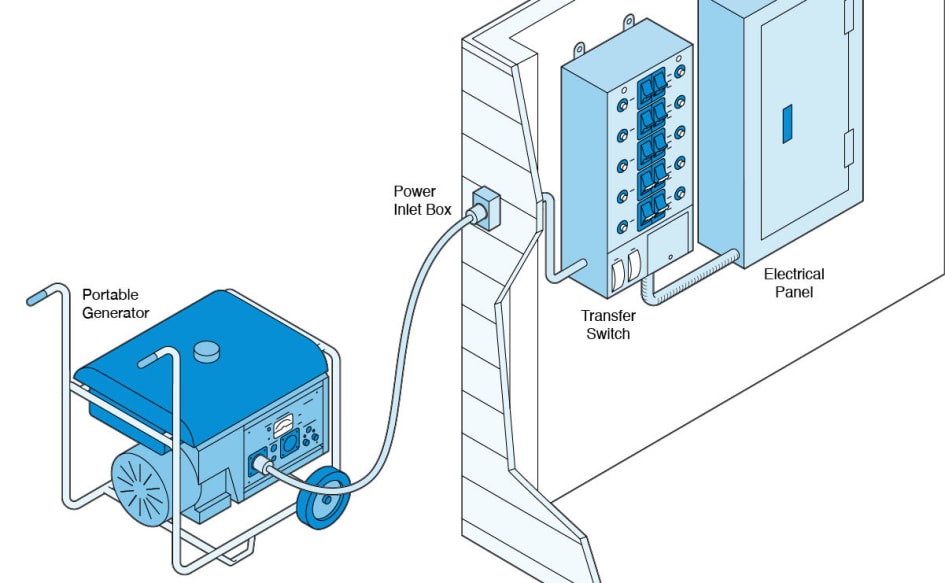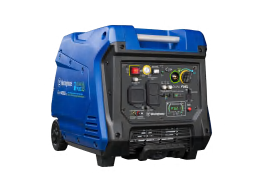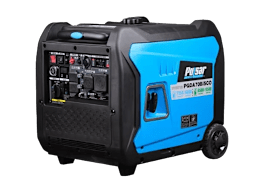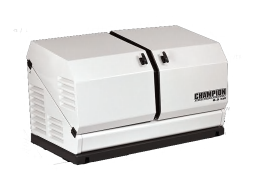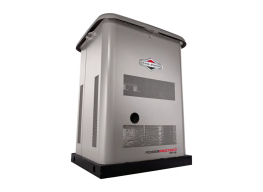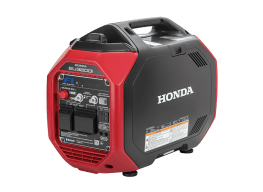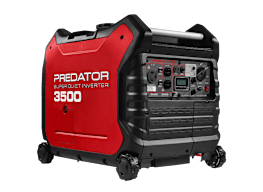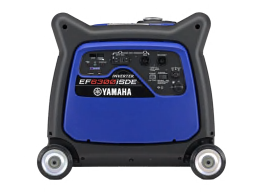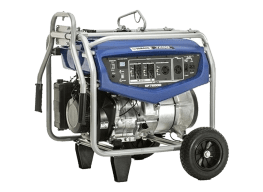Don’t let rain, snow, or wind keep you in the dark. Consider these options to make sure you get the best generator for your needs.
Automatic CO Shutoff
This critical safety feature automatically shuts down a generator’s engine if a built-in CO sensor detects that the deadly gas has built up to certain levels. A portable generator must have this feature, and must pass CR’s safety tests, to earn a spot on our list of CR recommended generators. More brands than ever offer models with this technology, including heavyweights such as Generac, Honda, and Ryobi. In fact, we have over a dozen generators in our ratings with a CO safety shutoff. You might see marketing terms such as “CO Guard,” “CO Protect,” “CO Detect,” “CO Shield,” or “CO Sense.” The way to verify whether a generator meets one of the two standards is to look for one of these certifications on the packaging:
• ANSI/UL2201 Certified for Carbon Monoxide Safety
• ANSI/PGMA G300 Certified Safety & Performance
Low-CO Engine
Brands such as Ryobi and Echo are using this type of engine to guard against risk of carbon monoxide poisoning.
Automatic Start
When the power goes off, the generator goes on—without you lifting a finger. This is great if you travel a lot or work far from home, and can’t always get there quickly in an emergency.
Electric Start
Several portable models offer this push-button alternative to the hassle of pull-starting the engine. Just factor in the added cost (around $50) if the battery is not included. Stationary models have automatic starting.
Alternative Fuel Capacity
Most portable models run only on gasoline, though some come equipped to run on a propane tank or natural-gas line and others can be converted with kits.
Fuel Gauge
Especially during long blackouts, you may appreciate the ability to see at a glance how much fuel remains in your portable generator.
Low-Oil Shutoff
If oil falls below minimum levels, the generator shuts down to prevent engine damage. Typically a standard feature on stationary generators, it’s increasingly common on portables.
Multiple Outlets
Four or more let you best use the wattage by spreading the load, though we recommend using these only in an extreme pinch at home, or for when you’re away—at, say, a campsite. See the next section on transfer switches.
Removable Console
This connects to the generator so that you can plug in appliances without running (potentially risky) extension cords outdoors.




















